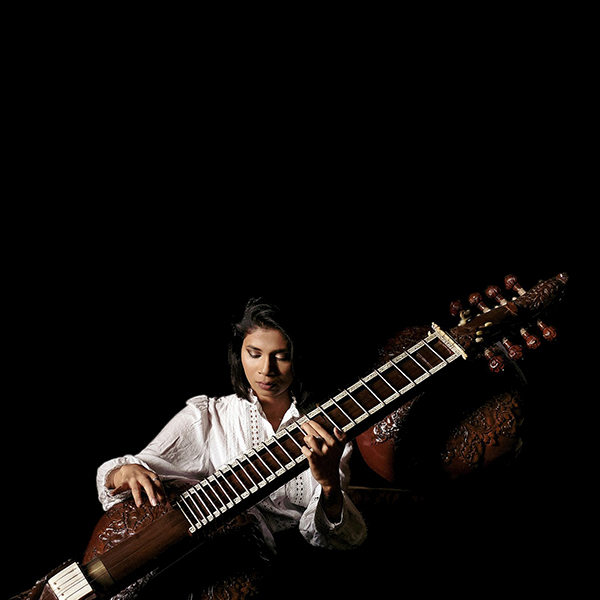Madhuvanti Pal
Founded in 2003 by Hisham Mayet and Alan Bishop of Sun City Girls, for twenty years the Seattle based imprint and collective, Sublime Frequencies, has pursued a truly democratic approach to sound and music, looking beyond the divisions imposed by class, culture, race, gender, and geography to bring remarkable music to our ears from nearly every corner of the globe. Building on the ground of imprints like Lyrichord, Ocora, Folkways, and numerous others, Sublime Frequencies has almost singlehandedly dissolved longstanding concerns - Orientialism, otherness, etc. - that have plagued the field of ethnomusicology by presenting diverse musics in their most authentic form with an intimacy that brings the lives, personalities, and humanity of its makers into sharp focus, however distant of unfamiliar they may.
Within the sprawling body of sounds that they have assembled under their banner, over the years Sublime Frequencies has regularly immersed themselves in those of India - “Rajasthan Street Music”, “Bollywood Steel Guitar”, Robert Millis’s “This World is Unreal Like a Snake in a Rope” and “Indian Talking Machine”, etc. - but until now the majority of those explorations have focused on folk and popular forms. Their latest, Madhuvanti Pal’s “The Holy Mother”, takes a deep dive into the contemporary life of the rich and enduring ancient Hindustani classical tradition. Comprising beautiful renderings of the two of the most important morning ragas in the tradition - Todi and Bhairavi - stretching across a double LP, these historic recordings are the first to feature a woman playing the rudra veena ever issued on vinyl. Sublime, sensitive, and filled with life, this limited-edition double LP gathers a remarkable 90 minutes of music, housed in a full-colour gatefold sleeve with extensive liner notes. Absolutely stunning, incredibly important and an absolute must of fans of Indian classical music, the rudra veena, and players like Ustad Zia Mohiuddin Dagar and Mohi Bahauddin Dagar.
Indian classical music, divided into two main traditions - the Southern Carnatic and the Northern Hindustani - traces its roots back to ancient Vedic musical practices that began roughly three thousand years ago. As such, both traditions - which diverged from each other around the 12th Century when Hindustani music became infused with defining characteristics drawn from Persian music - belong to one of the oldest continuous musical heritages on the planet.
Most listeners outside of India will have more likely to have encountered the Northern, Hindustani tradition, thanks to the work and recordings of practitioners like Ravi Shankar, Ali Akbar Khan, the Dagar Brothers, Amir Khan, Ram Narayan, Nikhil Banerjee, Vilayat Khan, and others, the majority of whom released and toured widely in Europe and the United States during the second half of the 20th Century. More recently, a growing interest in Dhrupad - the oldest known style, and most austere, of major styles associated with Hindustani music - has led to numerous releases by artists like Ustad Zia Mohiuddin Dagar and Mohi Bahauddin Dagar.
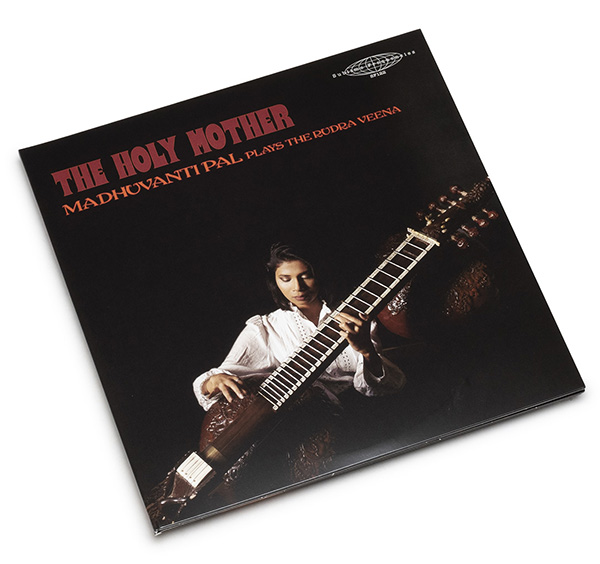
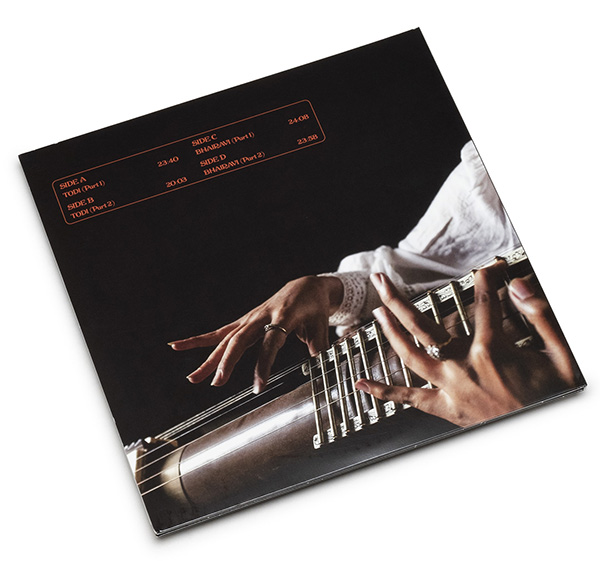
From a Western vantage point, the Hindustani tradition can be understood as less fixed than its Carnatic counterpart. Its ragas - melodic musical modes generally aligned with a specific Hindu deity or subject matter, and time of day and sometimes season - are primarily improvised and offer greater importance to mood and intention - their meaning - rather than being explicitly bound to the scale (thāt) that roughly designates their musicality. Unlike the musics that descend from European traditions where an arrangement of notes is the pieces of music, in Hindustani music a raga is its subject and mood, and thus notes can be abandoned or introduced in the moment, if doing so better achieves what it sets out to convey.
Over the last decade or so, thanks in part to championing of Hindustani music by composers like La Monte Young, Terry Riley, C.C. Hennix, and Henry Flynt, and a growing number of younger composer’s whose interest and use of just intonation - Catherine Lamb, Ellen Arkbro, etc. - has brought them into close contact with the Indian classical traditions, there has been growing interest in Hindustani music, leading to numerous reissues and archival releases by artists like Brij Bhushan Kabra, Ustad Zia Mohiuddin Dagar, Zia Fariduddin Dagar, and Mohi Bahauddin Dagar on labels like Country and Eastern, Ideologic Organ, and Black Sweat. It is within this growing canon of recordings that Sublime Frequencies’ latest release, Madhuvanti Pal’s “The Holy Mother”, can be best understood to rest.
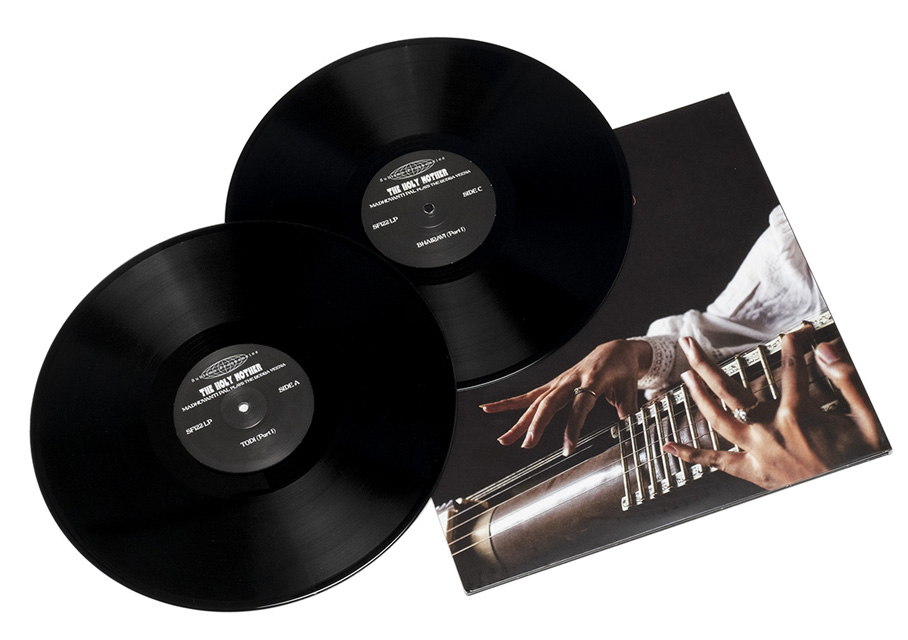
Beginning her vocal studies at the age of 12 under Pandit Manas Chakroborty of the Kottali Gharana, Madhuvanti Pal is a rare multi-instrumentalist within the contemporary landscape of Hindustani music, having been trained on the flute (bansuri) under Pandit Mrityunjay Mukherjee and the violin under Indradeep Gosh of Maihar for five years, before settling on the rudra veena as her primary instrument and beginning to study with Pandit Bala Chander - a disciple of Ustad Zia Mohiuddin Dagar, and Ustad Zia Fariduddin Dagarr - under whom she learned the fundamentals of the instrument and Dhrupad. Over the years since, she has studied with numerous other masters, notably Vidushi Mita Na and the Gundecha Brothers, eventually learning how to construct the veenas on which she plays and becoming a teacher of the instrument and Dhrupad herself as an assistant guru at the Dhrupad Sansthan in Bhopal.
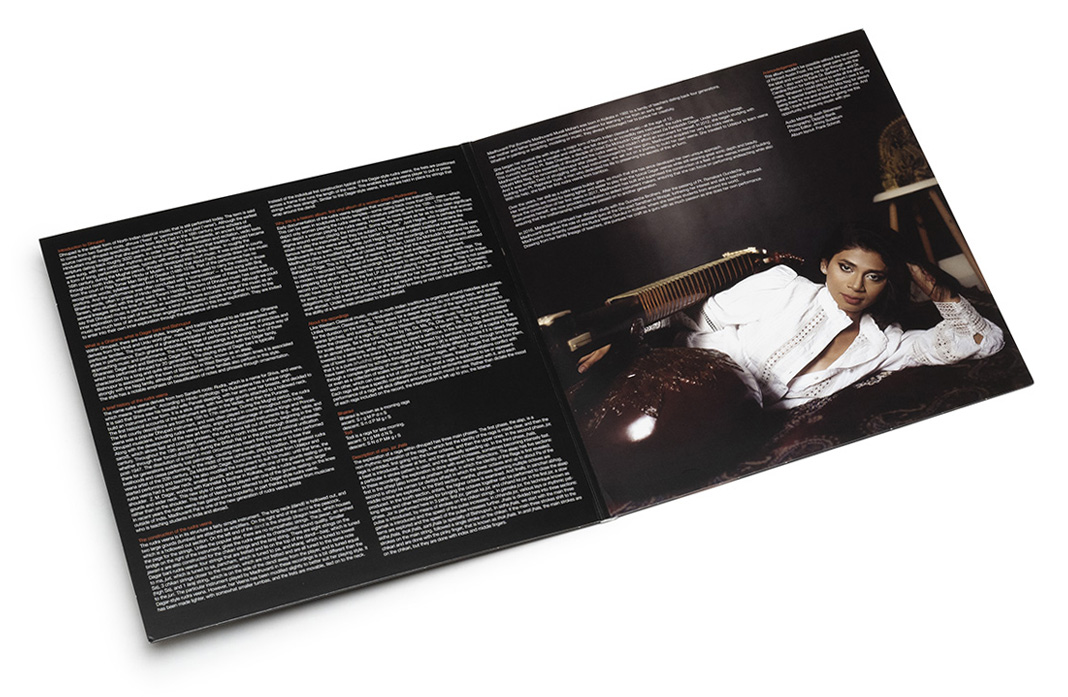
Recorded at her home in Kolkata, India, “The Holy Mother”, is Madhuvanti Pal’s first widely available commercial release and holds historical notability for being the first vinyl LP to feature a woman playing the rudra veena. In Hindustani music, most ragas are aligned with specific times of day (prahars), drawing the moods and meaning of those moments into their nature. While opinions about the strictness of this vary widely, for many a specific raga can only be that raga if played and listened to during its given prahar. When embarking upon the recording of “The Holy Mother”, Madhuvanti Pal chose two of the most important morning ragas in the Hindustani tradition, Bhairavi, which falls within the first prahar, beginning around sunrise, and Todi, which is played during the second prahar (6am-9am).
In both cases, Pal approaches her ragas with the austerity - reducing Todi and Bhairavi to their most elemental forms - most noted within Dhrupad, introducing melodies, scales, and themes across a long alap, before entering the jod (also spelled jor and jhor) - the formal section of composition in the long elaboration of a raga - and eventually the strong melodic and rhythmic elements, executed deftly at an escalated pace and dance of tones as she enters the jhala, and draws each toward its conclusion.
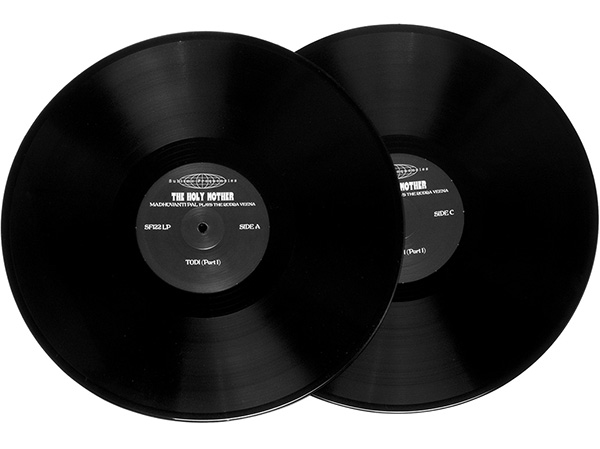
As is the case with many ragas executed within the frameworks of Dhrupad - particularly notable in the case of recordings by Ustad Zia Mohiuddin Dagar - for both Todi and Bhairavi Pal chose to render each raga with only tampura (drone) accompaniment, rather than intruducing percussion, as is often the case more broadly within Hindustani music, in the final phase of either. While this allows for a greater sense of her virtuosity and individual character of her playing - filled with a rare sense of openness - to more clearly gleaned, it also allows for a stronger sense of meditative and airy qualities of each raga, drawing the mind and heart into the complex meaning embedded within the times of day and moods that rest at their hearts.
Sublime Frequencies has done a truly fantastic job with this one, not only expanding the canon of rudra veena recordings - of which there are far too few - but also in drawing a rare bit of attention toward the contemporary landscape of Dhrupad and Hindustani classical music. We can only hope this is just the first in a growing trend within their output. Madhuvanti Pal’s “The Holy Mother” - the first vinyl LP to feature a woman playing the rudra veena - is issued as a limited edition double LP that comprises remarkable 90 minutes of music, housed in a full-colour gatefold sleeve with extensive liner notes. Absolutely stunning, incredibly important and a must for fans of Indian classical music, the rudra veena, and Dhrupad.
